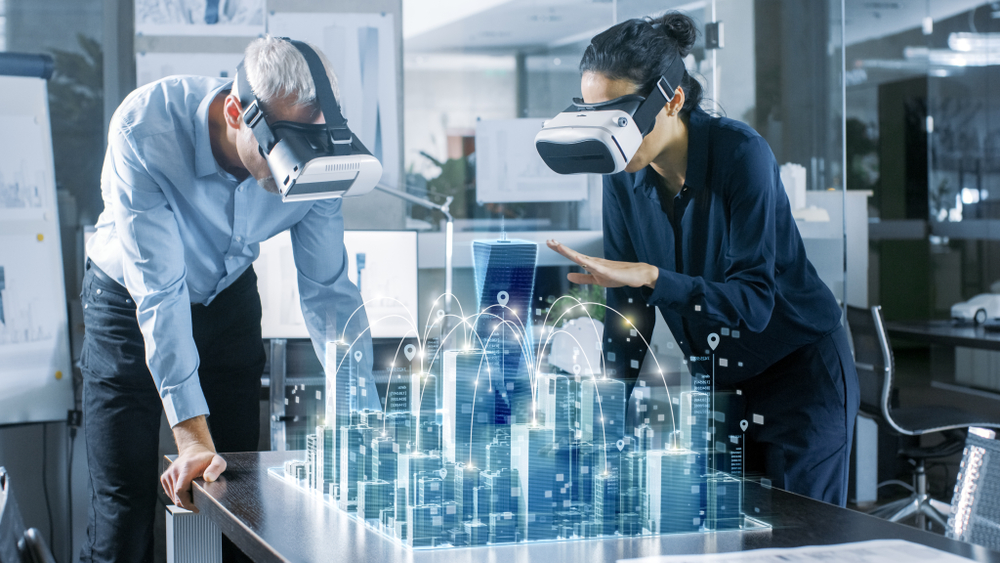The future of work is here.
Some progressive companies have boldly transitioned to virtual offices across the board. Most are taking a more conservative approach with a blend of working from the home office and joining the team in-office for collaboration. The upside is that WFH productivity far exceeds that inside the office by 35-40%. That’s a lot more work getting done.
Balancing the work environment is not easy.
Every employee represents a significant investment for the organisation. Figuring out the right formula to maximise each employee’s contribution is the big challenge that lies ahead. As business leaders consider how to design the best work environment, there are many factors to consider. Individual attributes like an employee’s appetite for autonomy, efficiency of the home office, individual preferences, and the type of work required are all important parts of the equation.
No matter what working model your company is considering, here’s some food for thought.
-
Returning to the office to socialise.
Something unexpected happened when we rearranged our homes and lives to enable the home office. We realised the power of a lack of interruptions, so we got a lot more done. But we also started working longer hours and had a hard time disconnecting from work. We also lost our social connection to our colleagues. Humans are social creatures by nature and now people are looking forward to returning to the office to socialize. Who would have thought? -
Managing in-office distractions.
Distractions at work are normal detractors from productivity. They take valuable attention away from the work that matters. Did you know the average employee gets about 56 distractions per day and spends 2 hours daily re-focusing? Yikes! To make matters worse, they’re on the rise. Humans like to be human and connect with other humans and we haven’t been doing it at home. So when we are in the office, we’re craving connections. But that unexpected drop by is more disruptive than we realise. And we’ve also become less skilled at tuning out noising co-workers. -
Ease the mental load with safety protocols.
If you’re like most, your company didn’t publish a manual on how to return to the office in the midst of a pandemic. So it’s natural employees are feeling some mental stress about what is considered safe behaviours. How does a workplace minimise the risk, handle sick staff, testing, changing restrictions, and more? Prioritising employee safety is a smart way to ensure employees are focused on work tasks and not worrying. -
Burnout is a little too close for comfort.
People are exhausted. They’re suffering from pandemic fatigue and higher anxiety. In fact, 40% have experienced burnout at work during the pandemic. Working longer hours, losing the buffer between home and work, and always being on are the leading contributors. Mental health is more fragile in 2021 and workplaces are helping employees to instil healthy boundaries around WFH. -
Flexibility is the key.
Remote work has benefits, but it’s not always the best option for everyone. Remote work is expected to increase by 77% from 2019 to 2022 thanks to COVID-19. And that’s following a 159% increase in remote work from 2005-2017. It’s clear that remote work has been working for companies for a long-time. But the win lies in offering a flexible working model and progressive businesses are embracing the new blended model. The hybrid approach involves a mix of spending time in socially distanced offices and WFH days.
Companies are enjoying the silver linings too.
Embracing a flexible model brings a host of benefits too good to ignore. Companies can save some serious money. And we all know that managing operational costs is essential to any business. Some of the ways they’re saving the big bucks includes downsizing offices, eliminated travel costs with the restrictions, and avoiding costly relocation expenses. Like everything, there will always be pros and cons to each option. But it’s clear that there are solid benefits for both working styles, so blending the models into a custom approach is what we’re expecting to become the new norm.









Share this Article